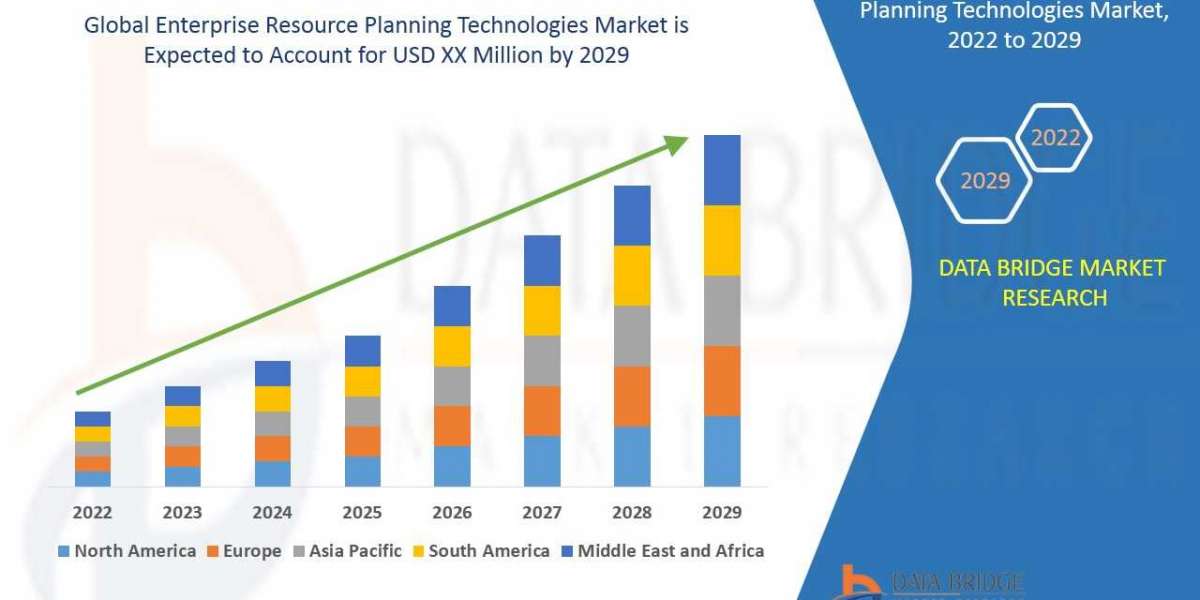Introduction
Haptic technology, also known as tactile feedback technology, is a rapidly growing field that has the potential to revolutionize the way we interact with the world around us. By creating sensations of touch, haptic technology can provide a more immersive and engaging experience for users.
Market Overview
According to Stratview Research, the global haptic technology market is expected to reach $6.07 billion by 2028, driven by demand for immersive experiences in a variety of industries, including automotive, healthcare, retail, education, gaming, and entertainment.
Key Players
Some of the key players in the haptic technology market include:
- Apple
- Bosch
- Immersion
- Qualcomm
- Senseg
- Tanvas
- Ultrahaptics
Trends
There are a number of key trends that are driving the growth of the haptic technology market, including:
- The increasing demand for immersive experiences: Consumers are increasingly demanding more immersive experiences, and haptic technology can help to create these experiences by providing sensations of touch.
- The rise of virtual reality (VR) and augmented reality (AR): VR and AR are creating new opportunities for haptic technology, as these technologies require users to be able to interact with virtual objects in a realistic way.
- The advancement of haptic technology: Haptic technology is becoming more advanced and affordable, making it more accessible to a wider range of applications.
Opportunities
There are a number of opportunities for haptic technology in a variety of industries, including:
- Automotive: Haptic technology can be used to provide drivers with feedback about their surroundings, such as the position of other vehicles and road conditions.
- Healthcare: Haptic technology can be used to provide medical professionals with feedback during surgical procedures and to help patients with rehabilitation.
- Retail: Haptic technology can be used to create more immersive shopping experiences, such as allowing customers to feel the texture of fabrics or the weight of products.
- Education: Haptic technology can be used to make learning more engaging and effective, such as allowing students to simulate experiments or interact with historical artifacts.
- Gaming: Haptic technology can be used to provide players with more immersive gaming experiences, such as allowing them to feel the recoil of a gun or the texture of a virtual environment.
- Entertainment: Haptic technology can be used to create more immersive entertainment experiences, such as allowing users to feel the effects of special effects in movies or games.
Challenges
There are also a number of challenges that the haptic technology market faces, including:
- The need for standardization: There is a lack of standardization in the haptic technology industry, which can make it difficult for developers to create haptic experiences that are compatible with all devices.
- The cost of haptic technology: Haptic technology can be expensive, which can limit its adoption in some applications.
- The need for user acceptance: Consumers may not be familiar with haptic technology, and they may need to be educated about its benefits before they are willing to adopt it.
Conclusion
Haptic technology is a rapidly growing field with the potential to revolutionize the way we interact with the world around us. The market for haptic technology is expected to grow in the coming years, as demand for immersive experiences increases and haptic technology becomes more advanced and affordable.







